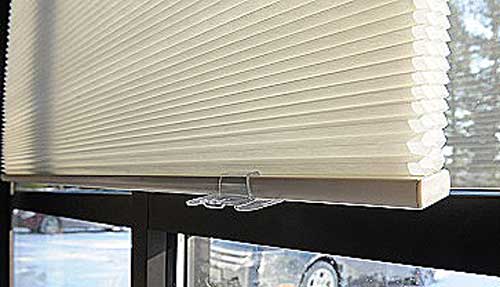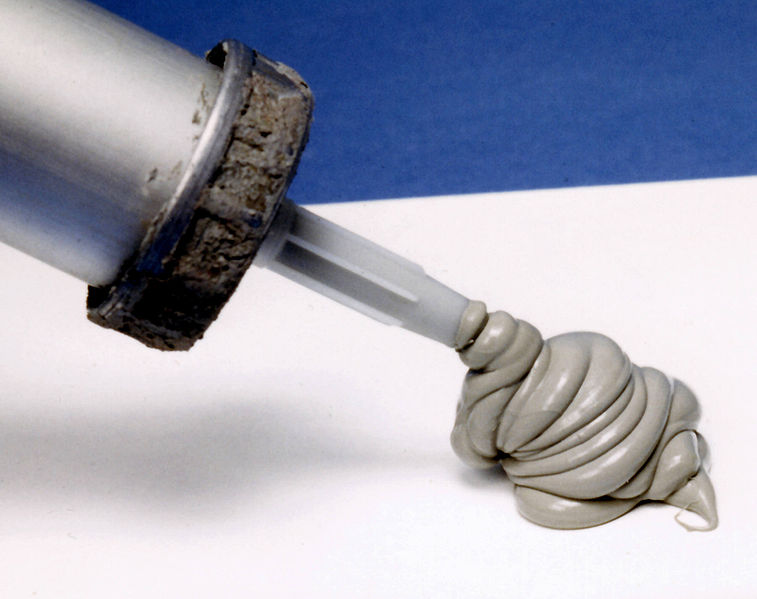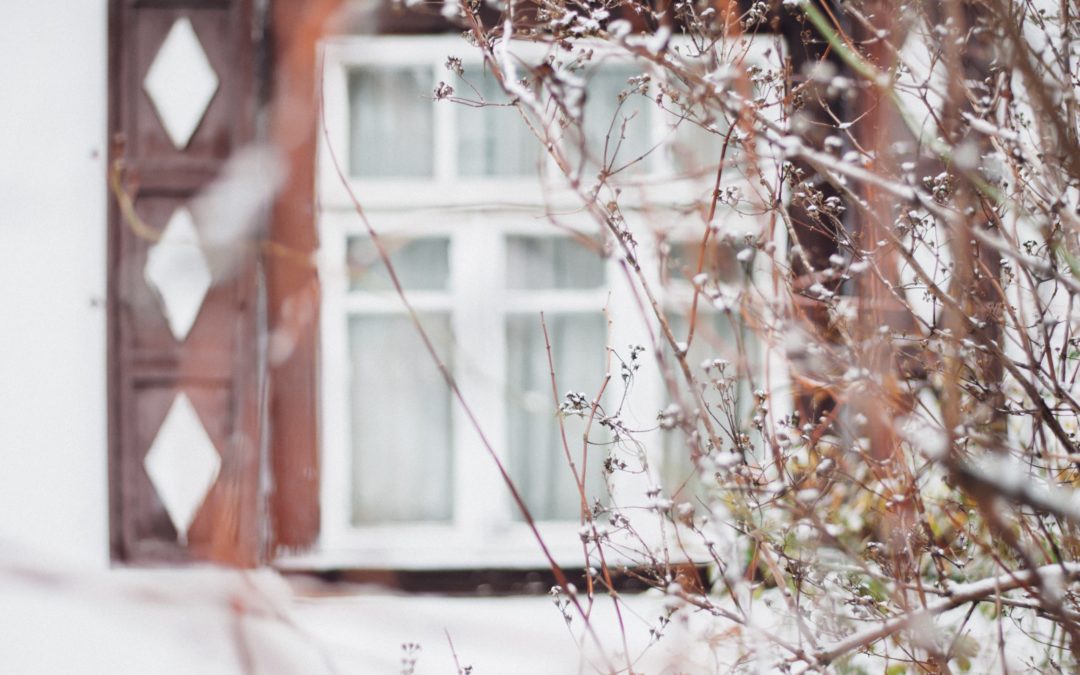Does your house or apartment ever get really cold in the winter? Do you know it’s at least partially because your windows aren’t fully sealed? Have you taken the time to insulate your windows for winter?
According to Energy.gov, 25-30% of residential heating use is due to heat loss through windows.
That’s a lot of cold in your house or a lot of money into your heating bill.
You have two options to solve this problem. Option #1, get new windows! Should only be a few hundred bucks. OR you can invest a little time and DIY insulate your windows for winter!
We put together this guide of possible solutions you can consider for keeping your place warmer in the wintertime. Read on to learn about everything from using shrink wrap firm to layered curtains!
1. Rubber Weather Sealing

Buy some self-stick rubber weather sealing strips, you can likely find these at a local hardware store and definitely online. To install , you do something like this:
- Measure the dimensions of your windows
- Cut the strips to meet the size of your measurements
- Carefully peel off the rubber strips
- Stick the rubber strips onto the window frame to close any gaps that allow air to travel through.
Voila! Now you have sealed windows!
Pros: Inexpensive, effective, only minimally changes the appearance.
Cons: After removing the rubber strips, they can sometimes leave an adhesive residue or damage the paint.
2. Window Insulation Film

Window insulation film is a layer of plastic with which you cover glass windows to reduce the transfer of heat. You can easily find this product at your local hardware store. Probably one of the best ways to insulate windows for winter. The installation is very straight forward:
- Apply the plastic shrink film to the indoor portion of the window frame with double stick tape.
- Then heat the film with a hairdryer, this will cause the film to shrink and also remove any wrinkles that were caused during application.
Pros: It works, it’s cheap and it lets sunlight in.
Cons: It looks very “Jerry Rigged.” The windows will literally look cloudy and shrink wrapped.
3. Cellular Shades

The purpose of cellular shades is to save energy. In fact, in 2011 you even qualified for an extra tax credit for having them installed.
This is all because Cellular Shades save energy by isolating windows and keeping rooms warmer without the need to use more energy!
This works because of the special design of the shades. The shape of the cells in the shades causes air to get trapped inside the cells. This creates a barrier between the window and the room.
Pros: You can have them custom made with relative ease.
Cons: May not be cheap, and wont insulate as well as some of the other items on this list.
4. Insulated Curtains and Layered Curtains

Heavy layered curtains can certainly keep out the cold, especially those small gusts of frigid wind that blow into the room. If you’re going to go the curtains route, you can also specifically purchase insulated curtains with built-in thermal backing.
If new curtains aren’t in the budget, any type of heavy cloth material can be used to create a barrier between you and the elements.
Pros: Can be made “make-shift,” can be made to look good and match your home decorating style.
Cons: Can block out the light, could be expensive depending on style.
5. Draft Snakes
Have you heard of a draft snake or a draft stopper? It’s basically a heavy stuffed cylindrical object that you place at the bottom of a door or window.
The DIY way to go about this is to find old stuffed animals or pillows and use them to blog out the cold!
Pros: Cheap, no installation.
Cons: Only really ideal for covering the bottom part of a window.
6. Bubble Wrap

If you find yourself in a situation where you are cold, cash poor and bubble wrap rich, you are in luck. Similar to insulation film, if you cover your windows in bubble wrap and stick it on with some tape it will certainly insulate them!
Pros: Cheap, fully DIY and still let’s light in.
Cons: Definitely “Jerry Rigged,” not as effective as other methods, and will impose on your home decoration style!
Pro Tip:If you are on a low budget and live somewhere that’s a bit rundown maybe check out street or graffiti style interior decor. You can easily achieve this style by simply adding some Banksy prints on the wall or a DIY graffiti mural!
7. Rope Caulk

Rope caulk is a type of putty rolled into a rope-like shape. It has no smell and usually comes in an off-white color.
You can apply rope caulk to the gaps around your windows to seal them up. Most local hardware stores carry rope caulk.
Pros: Easy to apply, generally mess free, can be done quickly.
Cons: Is not a permanent job and will erode over time.
Now You Know How To Insulate Windows For Winter
Hopefully you found a way to insulate your windows for winter in this list! Do you have any methods that work that we didn’t mention? Leave it in the comments!

